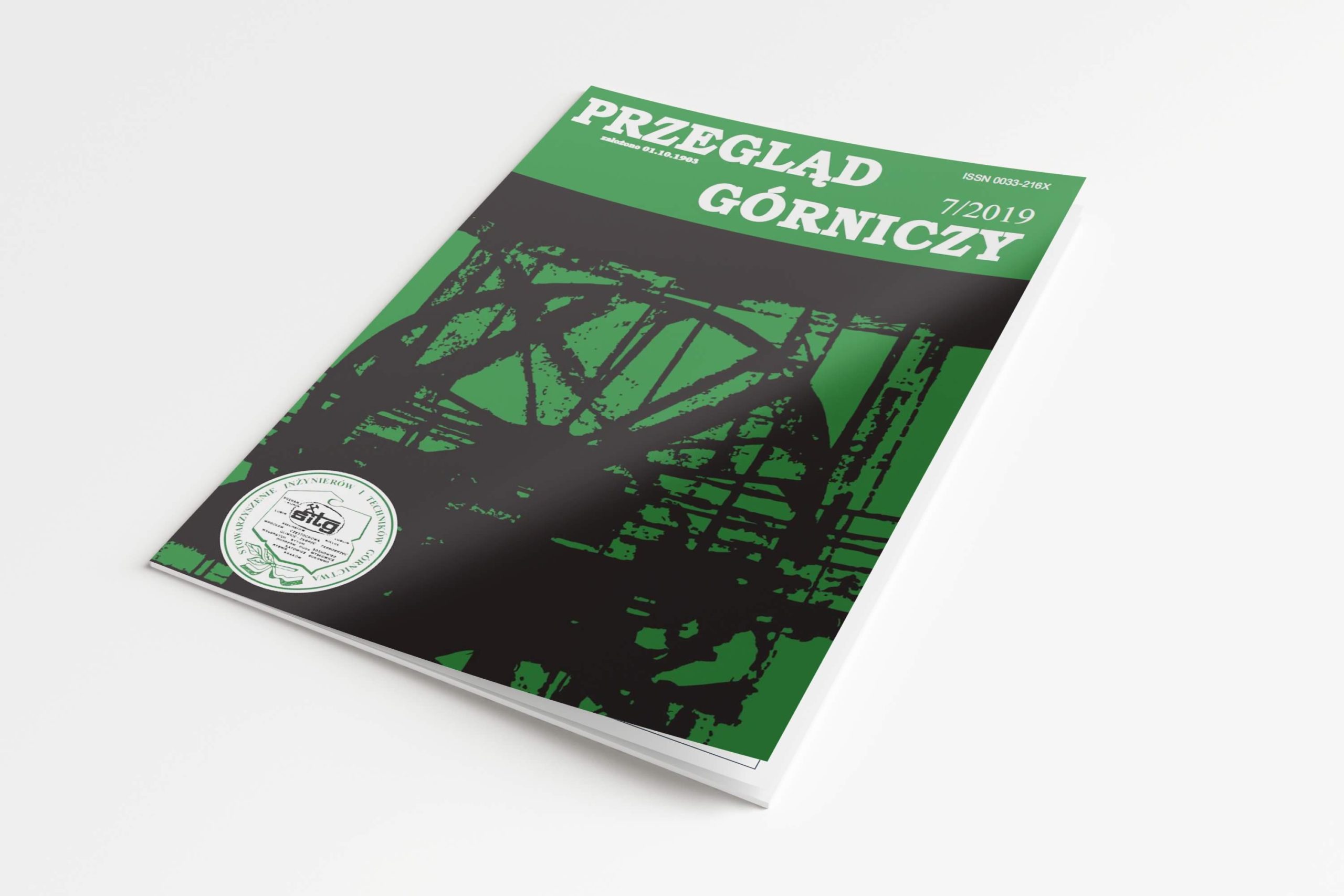Autorstwa: Tomasz Stoch, Paweł Sopata, Dawid Mrocheń, Artur Wójcik
Opublikowano: “Przegląd Górniczy” nr 1, styczeń – marzec 2022 r., strony 3 – 8.
Skutki podziemnej eksploatacji górniczej mogą ujawniać się na powierzchni terenu w postaci deformacji ciągłych i/lub nieciągłych. Występujące rzadziej deformacje nieciągłe charakteryzują się większą skalą zagrożenia dla obiektów budowlanych oraz infrastruktury powierzchniowej. Występowanie tego typu deformacji praktycznie dyskwalifikuje teren z możliwości zabudowy.
Natomiast dla istniejących obiektów może prowadzić do uszkodzeń i zniszczeń uniemożliwiających bezpieczne użytkowanie tych obiektów. W artykule przedstawiono wyniki obserwacji liniowej deformacji nieciągłej, która ujawniła się na powierzchni w postaci progu terenowego oraz garbu o długości kilkuset metrów. W badaniach wykorzystano satelitarne i klasyczne metody pomiarowe. Technika GNSS w trybie RTK umożliwiła pomiar współrzędnych przestrzennych kilku tysięcy punktów na powierzchni terenu w regularnej siatce. Równolegle prowadzono precyzyjne pomiary wysokościowe (niwelacja geometryczna) wykonywane na trwale stabilizowanych punktach linii obserwacyjnej. Profil wzdłuż linii obserwacyjnej przecinał prostopadle próg terenowy. Pomiary zrealizowano w kilku seriach przez ponad półtora roku nad czynną eksploatacją górniczą. Objęto nimi obszar o powierzchni ponad 50 ha. Opracowanie i analiza wyników pomiarów umożliwiły wygenerowanie przestrzennego pola deformacji. Dodatkowo rozwój deformacji w czasie przedstawiono na pionowych profilach terenu wzdłuż linii pomiarowej.
Przyczyny wystąpienia deformacji nieciągłej wywołanej eksploatacją górniczą powinny wyjaśnić wyniki badań struktury gruntu oparte o wdrożone metody geofizyczne.
The identification of discontinuous deformations based on geodetic surveys of the mining area
The effects of underground mining exploitation may manifest themselves on the ground surface in the form of continuous and/or discontinuous deformations. The less frequent discontinuous deformations are characterised by a greater scale of danger to buildings and surface infrastructure. The presence of this type of deformation practically disqualifies the area from development. For existing facilities, on the other hand, it may lead to damage and destruction preventing the safe use of these facilities. The paper presents a study of linear discontinuous deformation that revealed itself on the surface in the form of a terrain sill and a hump several hundred meters long. Satellite and classical measurement methods were used in the study. GNSS technology in RTK mode made it possible to measure the spatial coordinates of several thousand points on the ground surface in a regular network. In parallel, precise height measurements (geometric level) based on permanently stabilised observation line points were carried out. The profile along the observation line crossed the terrain sill perpendicularly. The measurements were carried out in several series over a period of more than a year and a half over an active mining exploitation. An area of over 50 ha was covered. The processing and analysis of the measurement results made it possible to generate a spatial deformation field. In addition, the development of deformation over time is shown on vertical profiles of the terrain along the survey line. The reasons for the occurrence of discontinuous deformation caused by mining exploitation should be explained by the results of soil structure research based on implemented geophysical methods.

Słowa kluczowe: deformacja nieciągła, pomiary deformacji, ochrona terenów górniczych
Keywords: discontinuous deformation, deformation measurements, mine area protection
